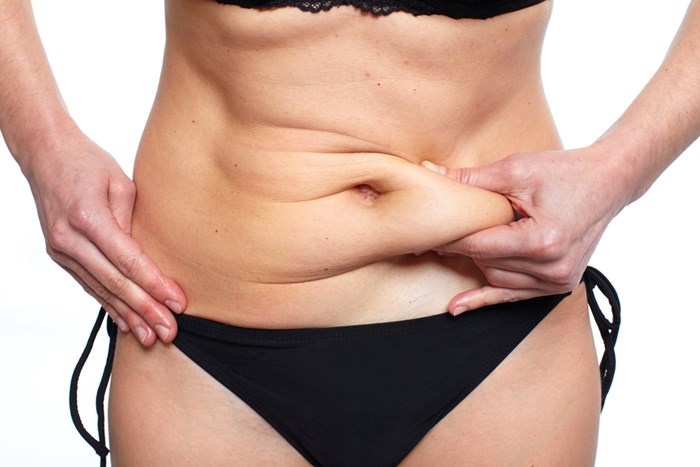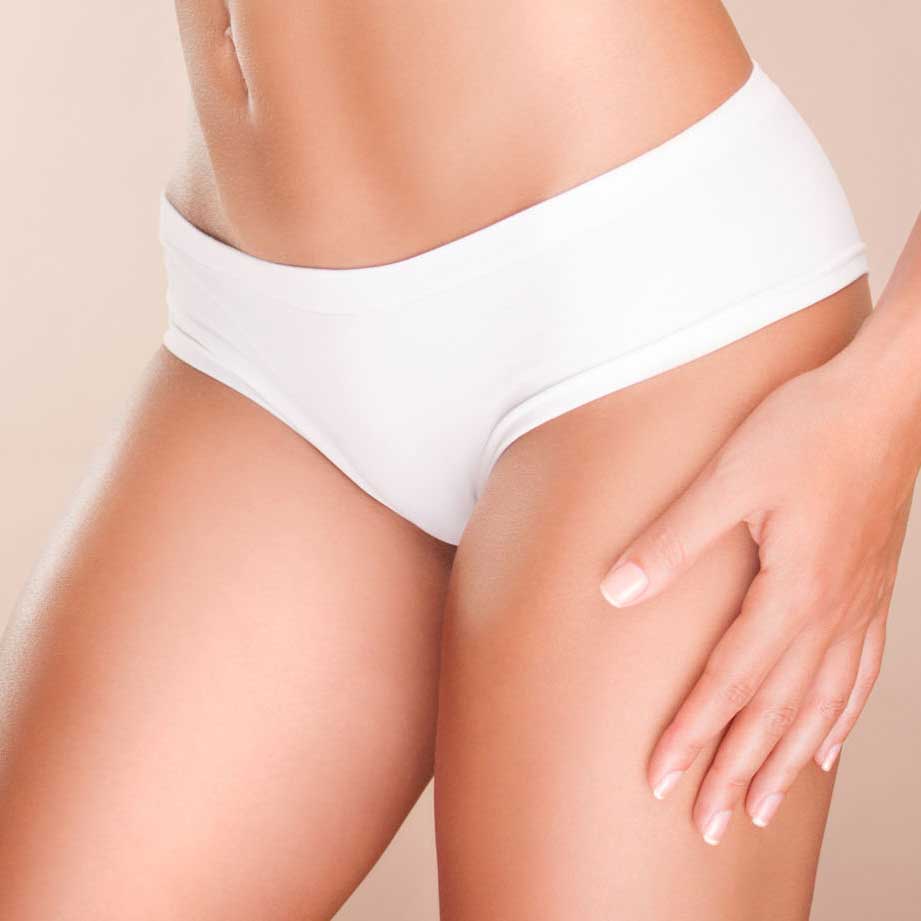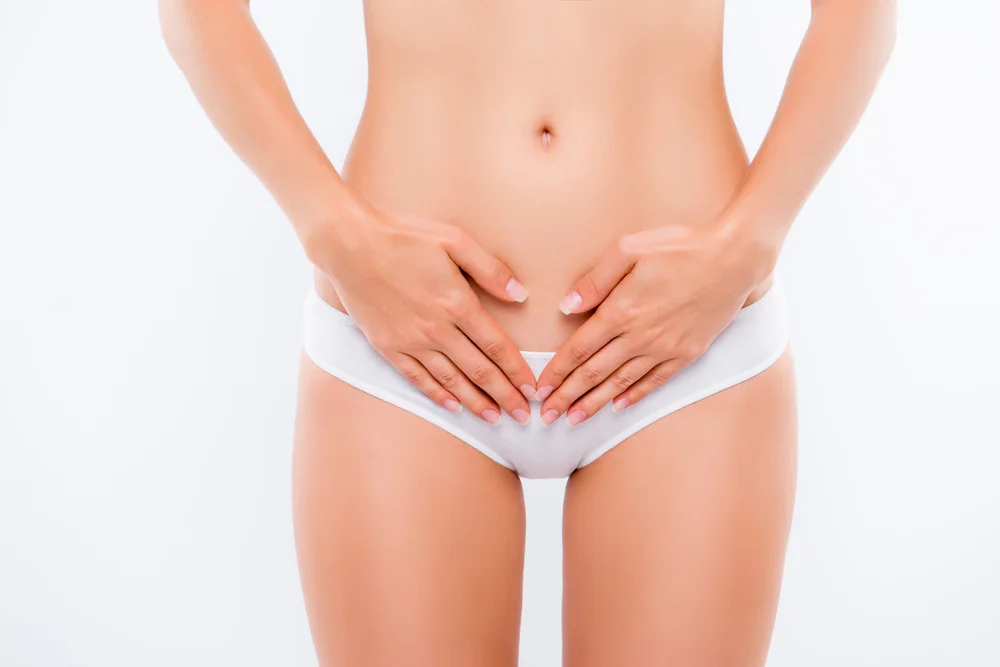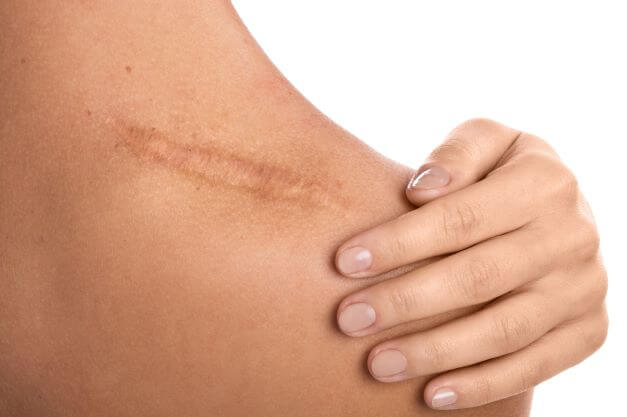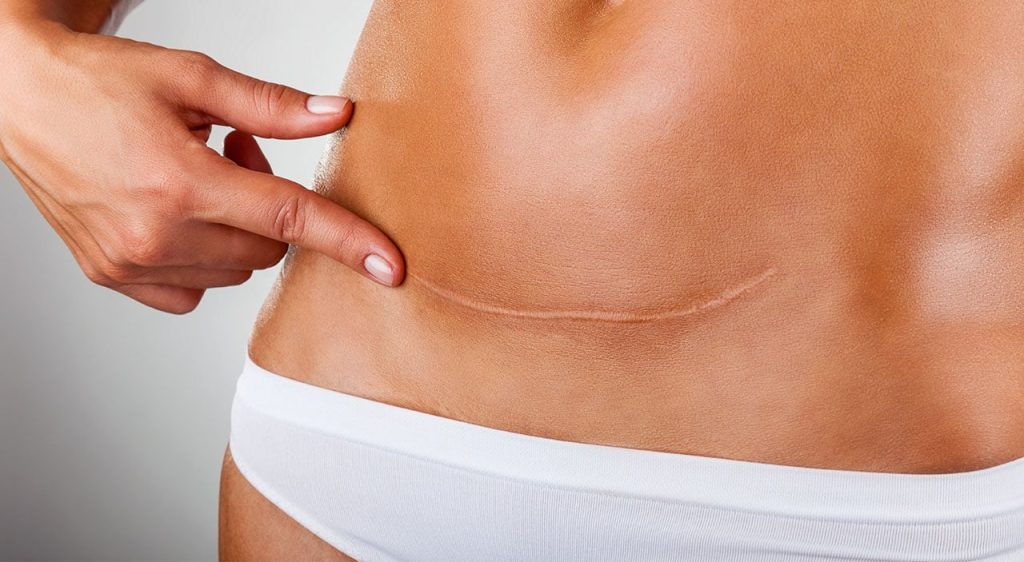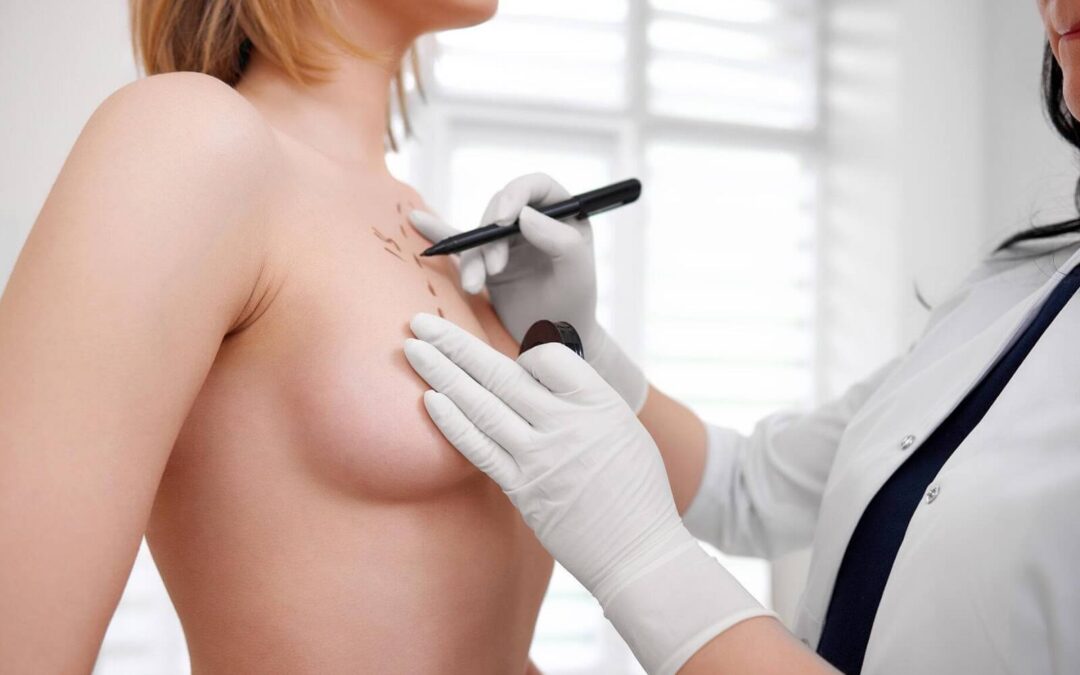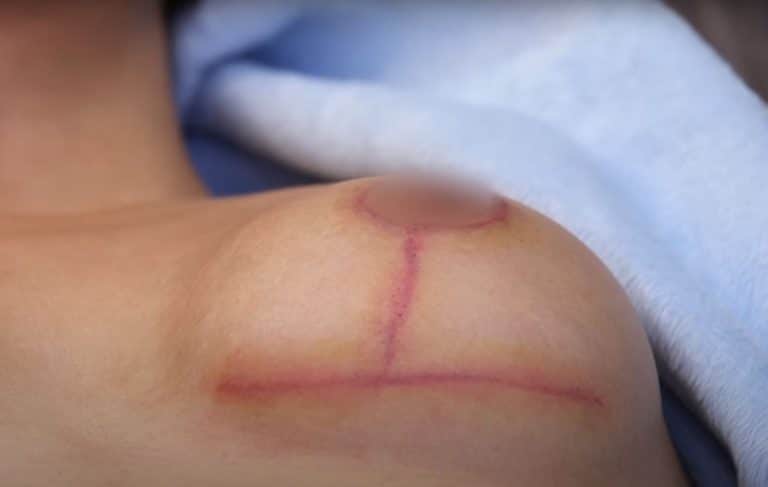Mummy makeovers offer a comprehensive solution for women aiming to reclaim their pre-pregnancy bodies, addressing areas most affected by childbearing and breastfeeding. This tailored approach combines various procedures like tummy tucks, breast augmentation or lift, and liposuction, designed specifically to meet the unique needs of postpartum bodies. By choosing a mummy makeover, women can achieve significant improvements in appearance and confidence, navigating the physical changes brought about by motherhood with expert surgical intervention. With careful consideration and planning, this transformative journey can restore not just form but also well-being.
Understanding the Purpose of a Mommy Makeover
Body Changes
Pregnancy changes a woman’s body. Many find these changes hard to reverse with diet and exercise alone. Skin stretches, and muscles loosen. Fat distribution can change too.
A mommy makeover addresses these issues directly. It is not one procedure but many, tailored to each woman’s needs. Common choices include tummy tucks, breast lifts, or liposuction.
Combined Procedures
Mommy makeovers combine several surgeries into one session or closely timed sessions. This approach reduces overall recovery time compared to having each procedure done separately.
The combination is decided based on individual goals and health considerations. A surgeon might suggest a breast lift along with liposuction for balanced results.
Restoration Goals
The primary aim is restoring the pre-pregnancy body as much as possible. It’s about reclaiming confidence and comfort in one’s skin.
Success stories often mention improved self-esteem post-makeover. Women talk about feeling more like themselves again.
Physical and Psychological Benefits
Body Confidence
Mummy makeovers can significantly boost body confidence. After childbirth, many women notice changes in their bodies that affect their self-esteem. A mummy makeover addresses these areas, improving physical appearance and satisfaction with one’s body.
The procedures involved are tailored to meet individual goals. They often result in a more youthful look and a return to pre-pregnancy shape. This transformation leads to heightened confidence and comfort in one’s skin.
Mental Outlook
Undergoing a mummy makeover can also have profound effects on mental health. The positive changes in physical appearance often lead to an improved psychological state.
Women report feeling happier and more at ease post-surgery. This uplift in mood is linked to the satisfaction of achieving personal aesthetics goals and alleviating discomfort from physical changes caused by pregnancy.
Health Improvement
Not only does a mummy makeover enhance appearance, but it also offers benefits for good health. It can address issues like back pain or urinary incontinence that stem from childbirth.
Customizing for Different Body Types
Personalized Plans
Every woman has a unique body shape and specific needs. That’s why mummy makeovers are tailored. A consultation is the first step.
During this meeting, doctors listen to your goals. They assess your body contours and discuss options. This ensures the makeover fits you perfectly.
Combination of Procedures
A mummy makeover involves multiple procedures. It targets areas like breasts, abdomen, and more.
-
For loose skin and excess fat, surgeons might suggest a tummy tuck.
-
If breasts have lost their form after breastfeeding, a breast lift or augmentation could be recommended.
-
Liposuction often complements these by removing stubborn fat deposits in various areas.
This combination addresses concerns about abdominal muscles, skin tightness, and overall body image transformation effectively.
Choosing the Right Procedures
Breast Enhancement
Breast lifts or augmentations are key for enhancing breast appearance. These surgeries can restore or improve shape and size after childbirth and breastfeeding. Potential patients should consider their desired outcome when choosing between a lift and augmentation.
A breast lift raises and firms the breasts, offering a more youthful contour without altering size significantly. In contrast, augmentation increases breast size using implants. For some, combining both procedures yields optimal results, achieving both lift and volume increase.

Abdominal Solutions
Tummy tucks target changes in the abdominal area post-pregnancy. This procedure removes excess skin and tightens muscles for a flatter stomach. It’s often the cornerstone of mummy makeovers due to its transformative impact on body silhouette.
Patients might experience stretched skin or separated muscles after pregnancy. A tummy tuck addresses these issues directly, making it a comprehensive approach to restoring pre-pregnancy body shape.
Fat Reduction
Liposuction is ideal for targeted fat removal in stubborn areas that diet and exercise can’t fix alone. It complements other mummy makeover surgeries by refining contours further.
This surgery focuses on specific areas like hips, thighs, or abdomen for precise shaping. By integrating liposuction with other procedures such as a tummy tuck, patients achieve more harmonious results across their bodies.
Recovery Process and Expectations
Initial Weeks
The initial recovery from a mummy makeover can be challenging. Patients should expect to take it easy for several weeks. This means no heavy lifting or vigorous exercise. Pain, swelling, and bruising are common but manageable with medication.
Rest is crucial during this period. It helps the body heal faster. Patients will see gradual improvements each day.
Full Resumption
Getting back to full activity takes time. Most patients can resume all their activities within six months. However, everyone’s body heals differently.
It’s important to have realistic expectations about recovery time. Patience is key in this phase of healing.
Follow-Up Care
Follow-up appointments are essential for a successful recovery. They allow doctors to monitor progress and address any concerns promptly.
Patients should attend all scheduled appointments without fail.
Importance of Before and After Photographs
Visual Documentation
Before and after photographs serve as a vital visual record of the transformation. They capture the detailed changes that occur as a result of mummy makeovers. These images showcase the surgeon’s skill and the procedure’s impact on body shape.
Patients can see tangible evidence of improvement. This helps in appreciating their journey towards their desired appearance.
Realistic Expectations
Setting realistic expectations is crucial for patient satisfaction. Before and after photos provide clear examples of possible outcomes. Patients can compare these images to understand what is achievable.
These visuals ensure patients have an accurate idea before undergoing surgery. It prevents potential disappointment by aligning hopes with likely results.
Planning Tool
Surgeons use these photographs for assessment and planning. The before images help identify areas needing enhancement. The after shots confirm the success of previous procedures.
This comparison aids in tailoring future surgeries to individual needs, ensuring better outcomes.
-
Photos offer a direct insight into a surgeon’s expertise.
-
They allow patients to visualize potential changes.
-
Surgeons utilize them for precise surgical planning.
Considering Psychological Readiness
Emotional Stability
Before taking the step towards a mummy makeover, it’s crucial to assess your emotional stability. Surgery isn’t just a physical process; it impacts your mental health too. Feeling confident and emotionally stable is key. If you’re going through major life changes or feeling particularly vulnerable, it might be wise to wait.
Having realistic expectations plays into this as well. Remember how before and after photographs helped set those? They are just as important here. Knowing what’s achievable can help manage emotions pre and post-surgery.
Support Systems
The importance of having a strong support system cannot be overstated when considering surgery. You’ll need people around who understand what you’re going through. This team should include family, friends, and professionals who can offer both emotional and practical support.
It’s not just about having someone to talk to; it’s also about ensuring you have the help needed during recovery. From helping with daily tasks to being there for emotional reassurance, these individuals play a significant role in your journey.
Long-Term Impacts on Well-being
Self-Confidence Boost
Many women experience a significant self-confidence boost after undergoing mummy makeovers. This improvement in self-esteem can have long-lasting effects. It often leads to positive changes in other areas of their lives, such as relationships and career.
However, it’s crucial to remember that this confidence should be maintained through a healthy lifestyle. Diet and exercise play key roles here. They ensure the results last as long as possible.
Healthy Lifestyle
Maintaining the results of a mummy makeover requires commitment to a healthy lifestyle. This includes regular exercise and eating well-balanced meals. These habits not only preserve the makeover’s outcomes but also contribute to overall health.
It’s important for patients to understand that aging or weight fluctuations may affect their results over time. In some cases, additional surgeries might be necessary to maintain the desired appearance.
Future Surgeries
Awareness about potential future surgeries is vital for anyone considering a mummy makeover. Aging and weight changes can impact the longevity of surgical results.
Patients should discuss these concerns with their surgeons beforehand. This ensures they have realistic expectations about maintaining their new look over time.
Closing Thoughts
Mommy makeovers represent a significant step towards reclaiming one’s body and boosting self-confidence after the rigors of childbirth and motherhood. They tailor surgical solutions to individual needs, addressing physical changes and enhancing psychological well-being. The journey from choosing the right procedures to navigating the recovery process underscores the importance of thorough preparation and realistic expectations. It highlights that, while the path to post-pregnancy rejuvenation is personal and varied, the outcomes can profoundly impact one’s quality of life.
Seeking professional advice is crucial for anyone considering this transformative journey. Prospective candidates should ensure they are psychologically ready and understand the long-term implications on their well-being. By engaging with qualified specialists, individuals can embark on a mommy makeover journey that is both informed and aligned with their personal goals, fostering a sense of renewal and confidence.
Frequently Asked Questions
What is the purpose of a Mommy Makeover?
A Mommy Makeover aims to restore the shape and appearance of a woman’s body after childbearing, addressing areas most affected by pregnancy and breastfeeding.
How can a Mommy Makeover benefit me physically and psychologically?
Physically, it improves body contours and symmetry. Psychologically, it enhances self-esteem and overall well-being by aligning one’s external appearance with their internal perception of themselves.
Can a Mommy Makeover be customized for all body types?
Yes, each procedure is highly customizable to suit different body types and individual goals, ensuring tailored results that complement natural features.
How do I choose the right procedures for my Mommy Makeover?
Choosing the right procedures involves consulting with a certified plastic surgeon who will assess your goals, medical history, and physical condition to recommend suitable options.
What should I expect during recovery from a Mommy Makeover?
Expect an initial period of downtime with varying degrees of discomfort depending on the procedures performed. Full recovery timelines vary but generally span several weeks to months.
Why are before and after photographs important in considering a Mommy Makeover?
Before and after photos provide visual evidence of potential outcomes, helping set realistic expectations about what can be achieved through surgery.
When should I consider my psychological readiness for undergoing a Mommy Makeover?
Consider psychological readiness when you feel mentally stable, have realistic expectations about outcomes, understand the recovery process fully, and can commit to necessary post-operative care.



